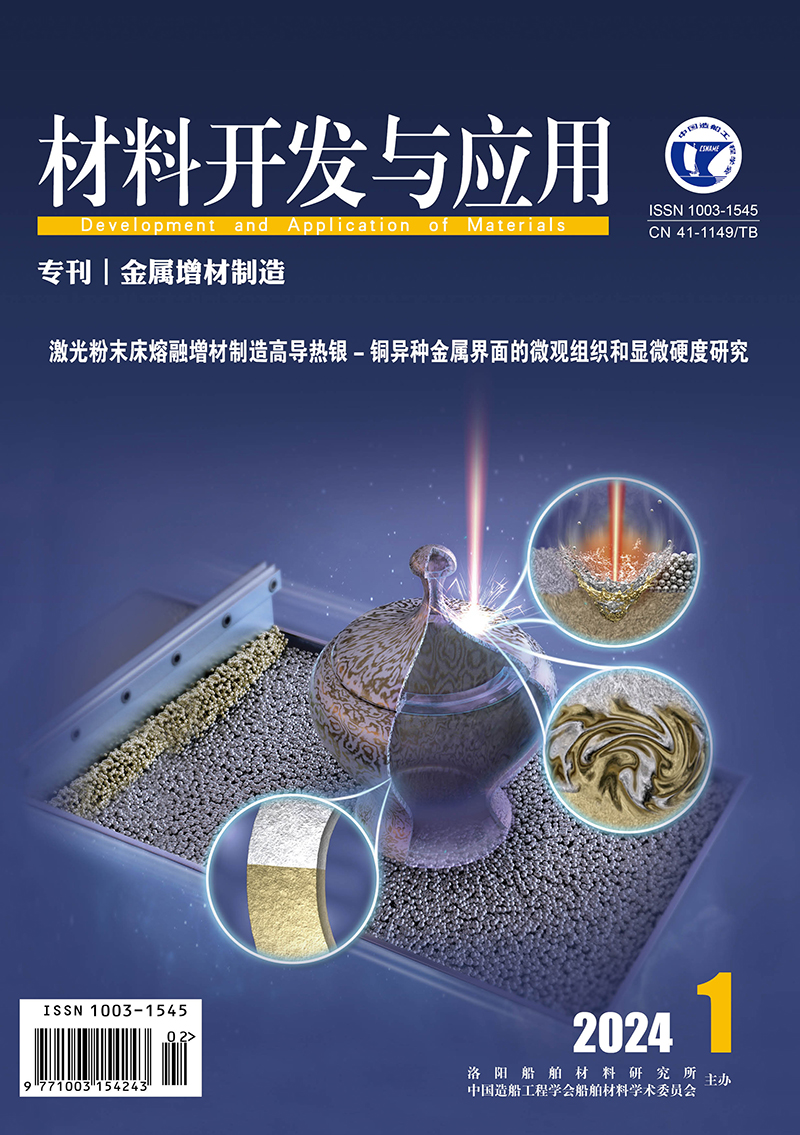2023 Vol. 38, No. 2
Display Method:
2023, 38(2): 10-15.
Abstract:
2023, 38(2): 16-22.
Abstract:
2023, 38(2): 23-26.
Abstract:
2023, 38(2): 27-31.
Abstract:
2023, 38(2): 32-37.
Abstract:
2023, 38(2): 38-43.
Abstract:
2023, 38(2): 44-48.
Abstract:
2023, 38(2): 49-52,62.
Abstract:
2023, 38(2): 53-56.
Abstract:
2023, 38(2): 57-62.
Abstract:
2023, 38(2): 63-66,83.
Abstract:
2023, 38(2): 67-75.
Abstract:
2023, 38(2): 76-83.
Abstract:
2023, 38(2): 84-90.
Abstract:
2023, 38(2): 91-96,108.
Abstract:
Research and Application Progress on Production of Anisotropic NdFeB Magnetic Powder by HDDR Process
2023, 38(2): 97-108.
Abstract:


